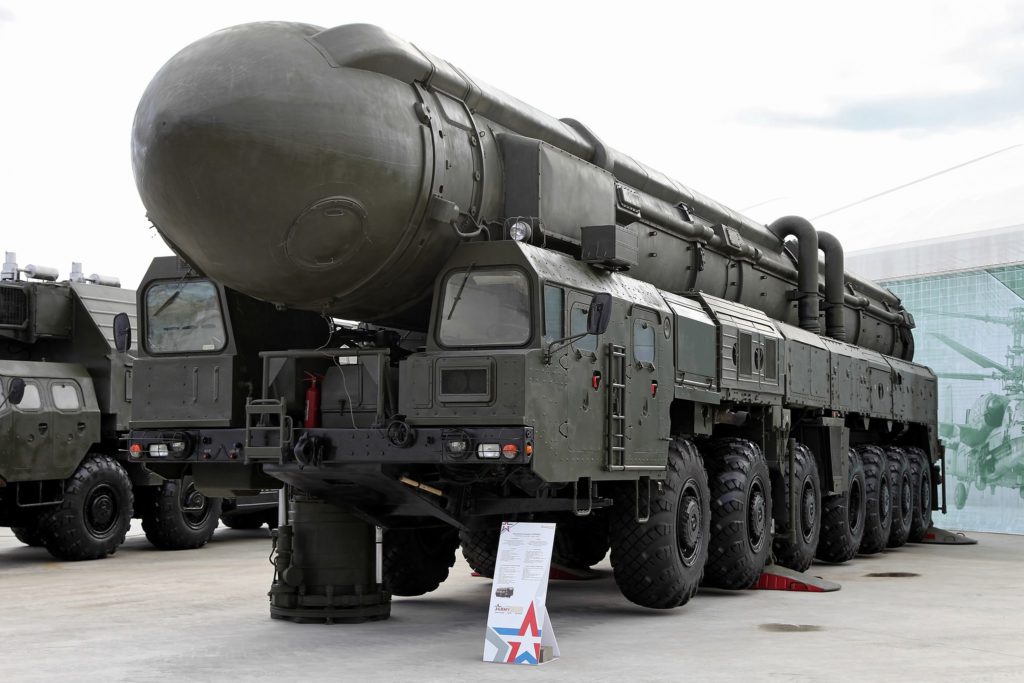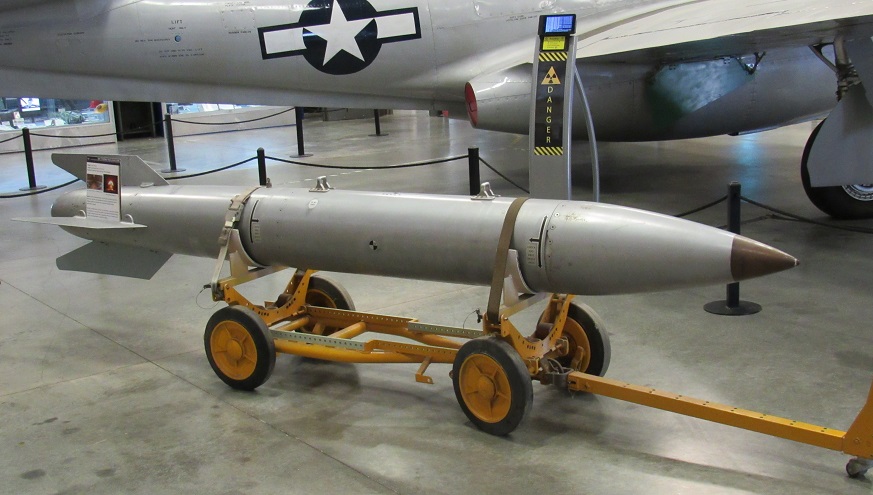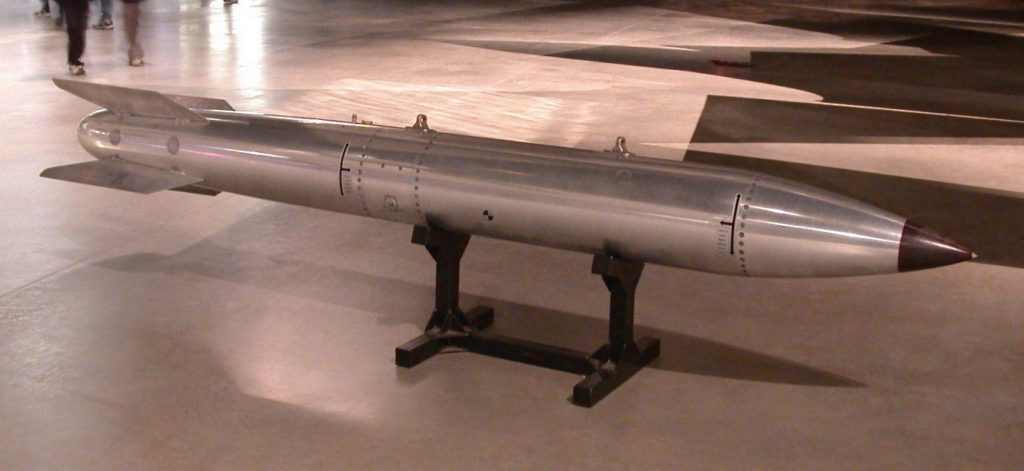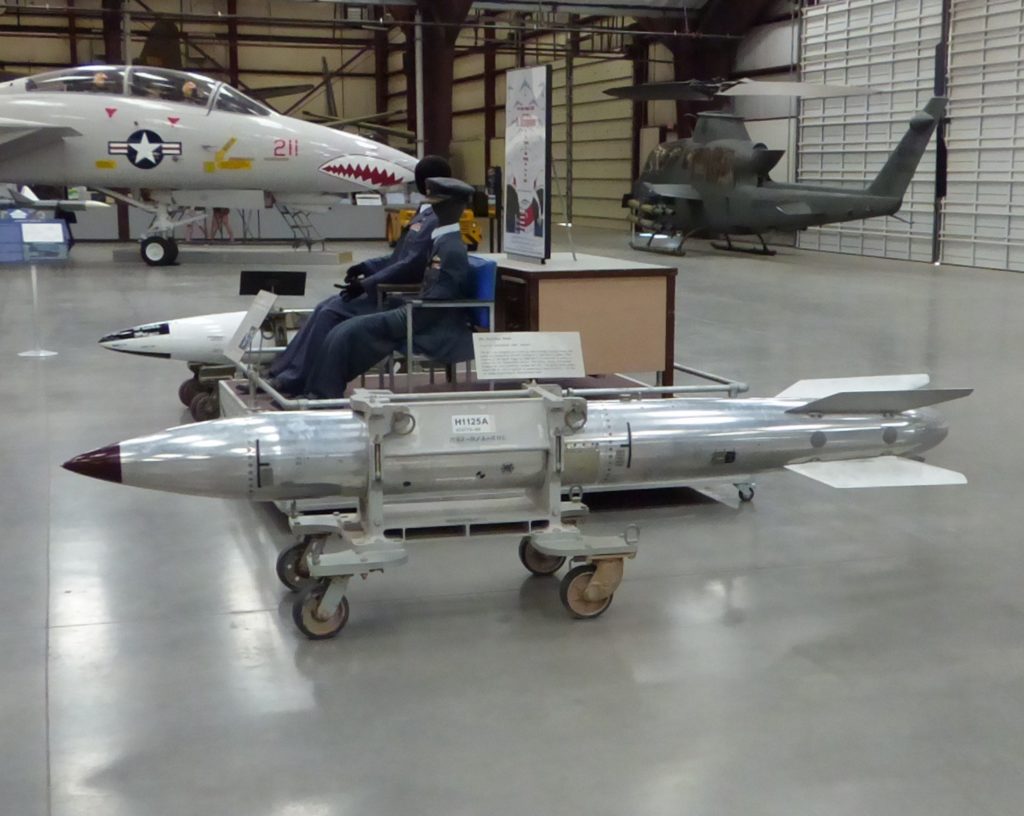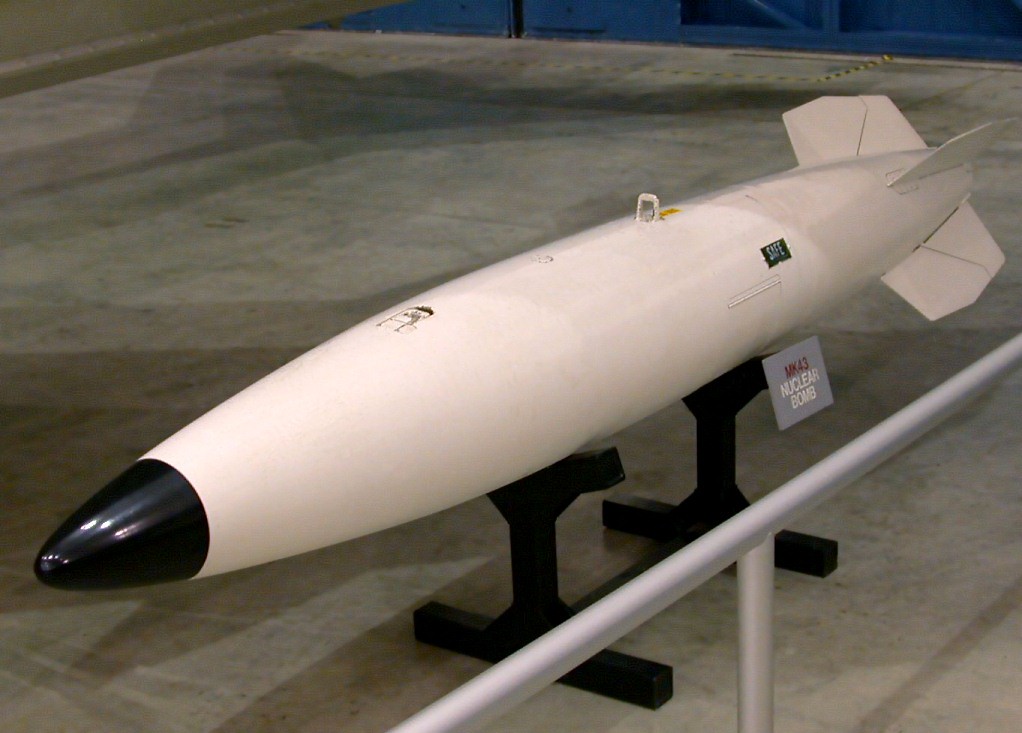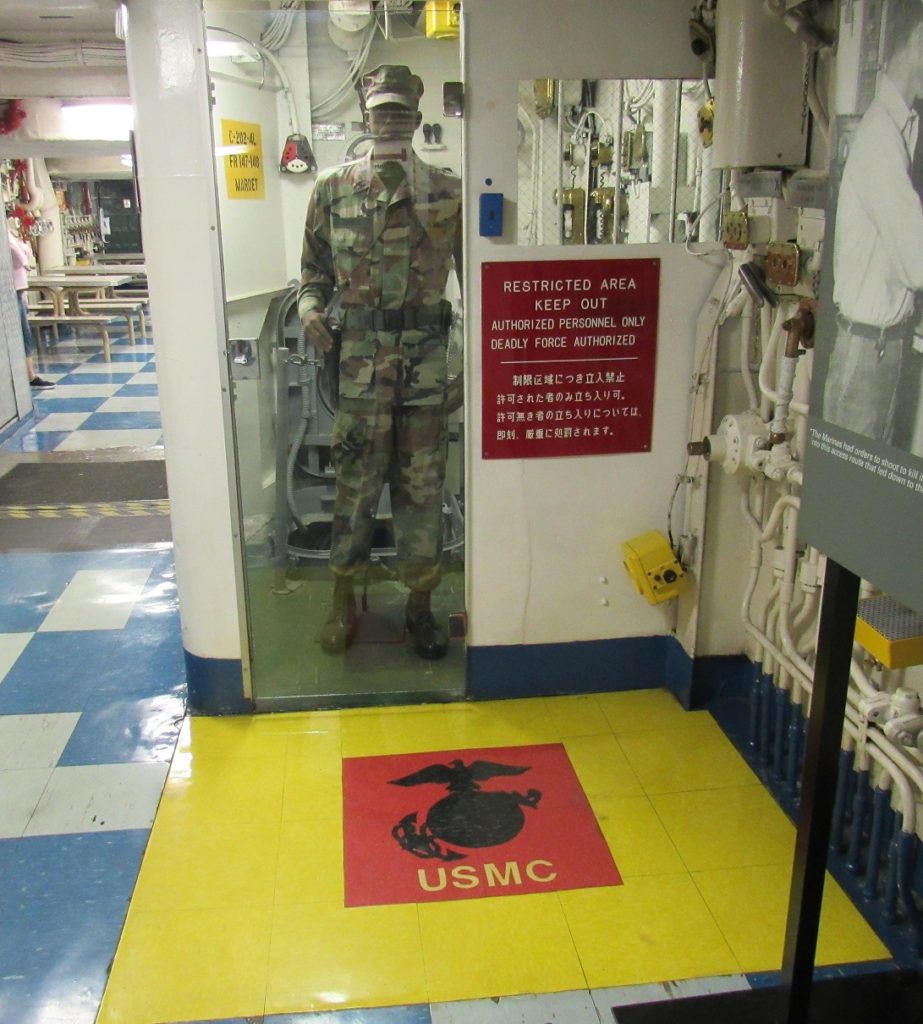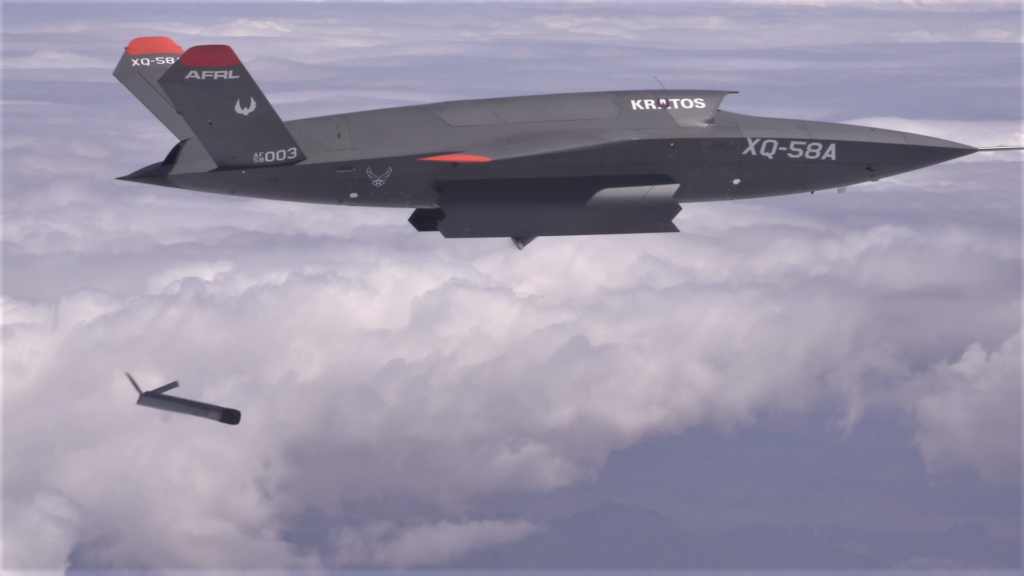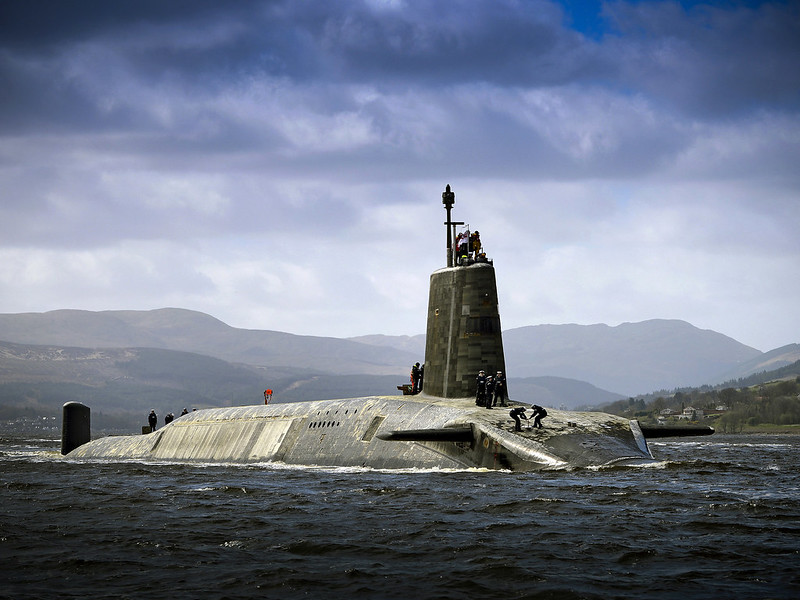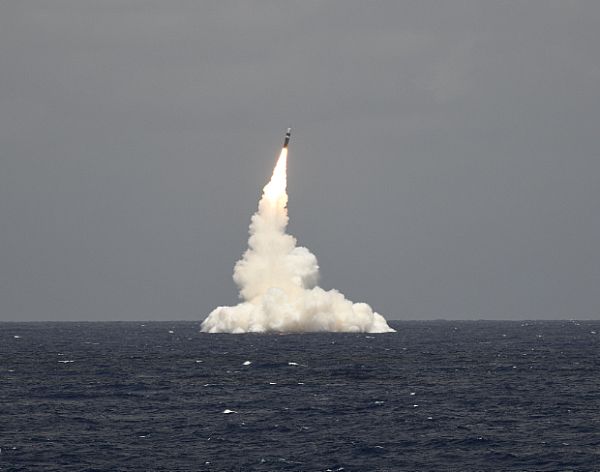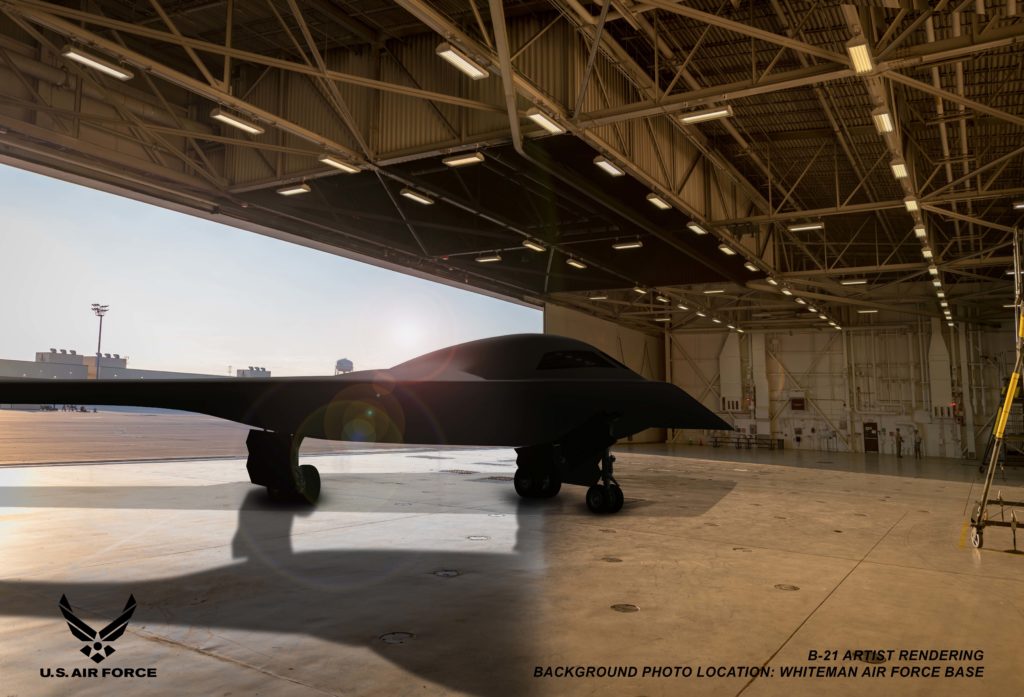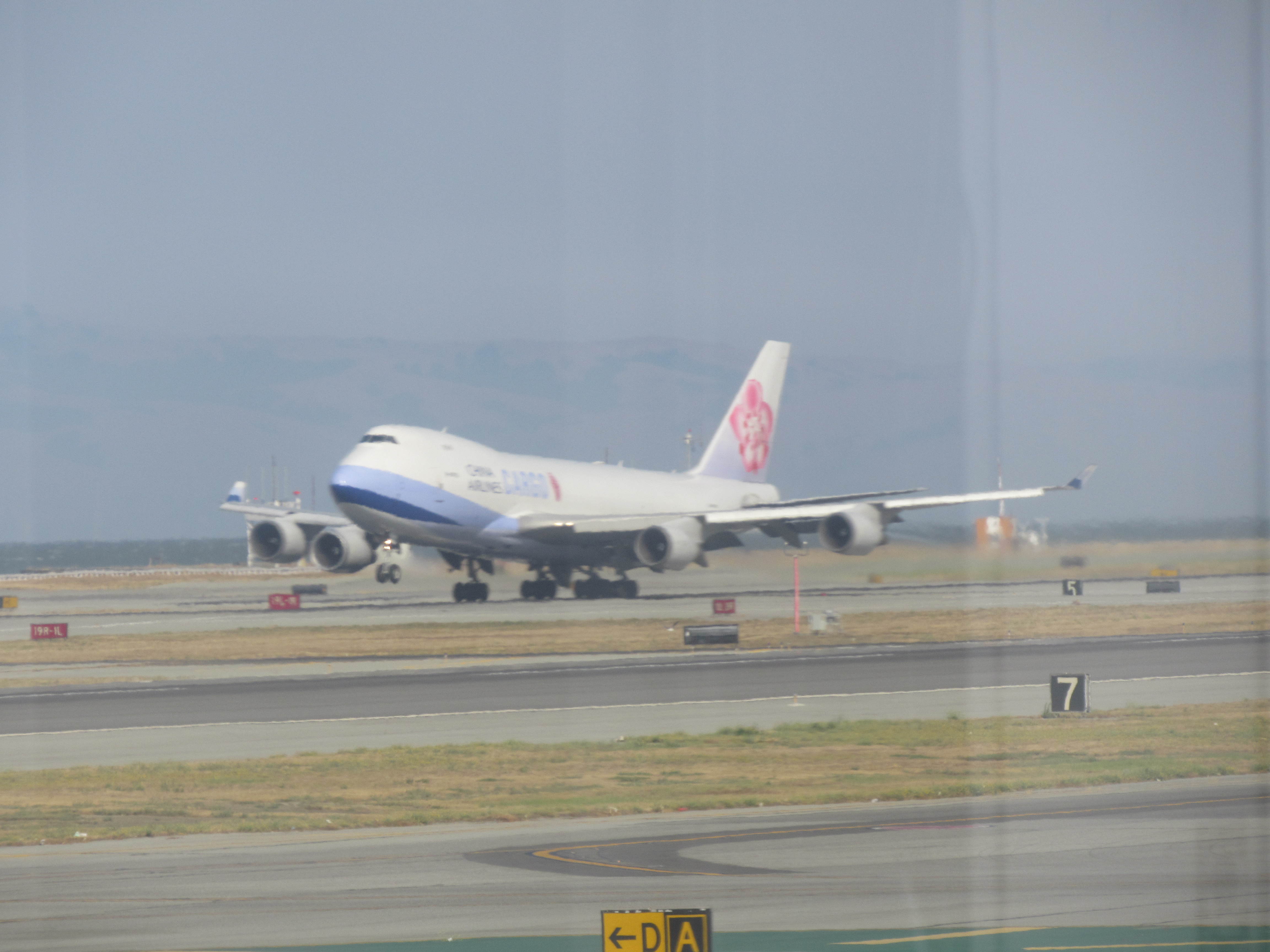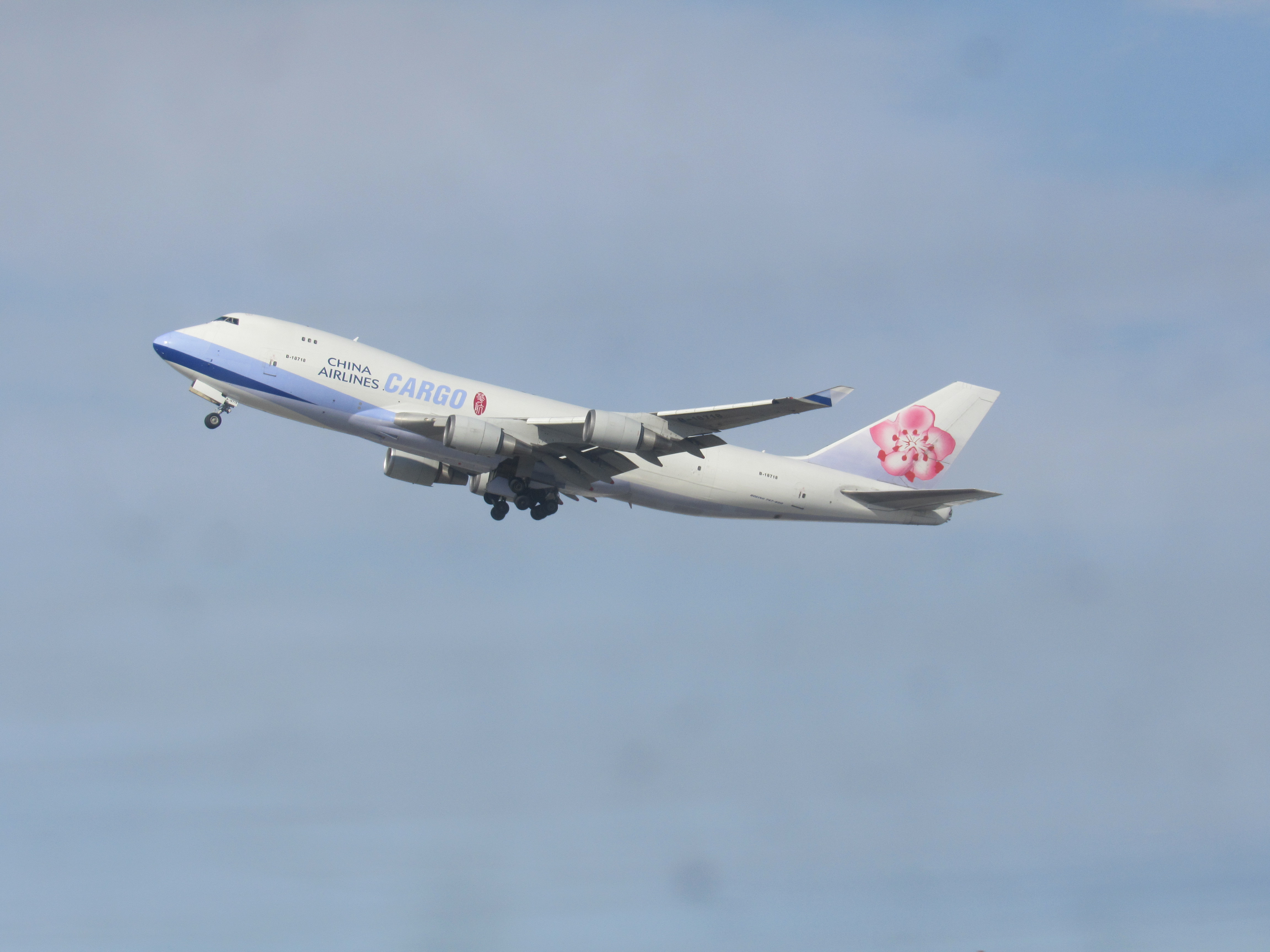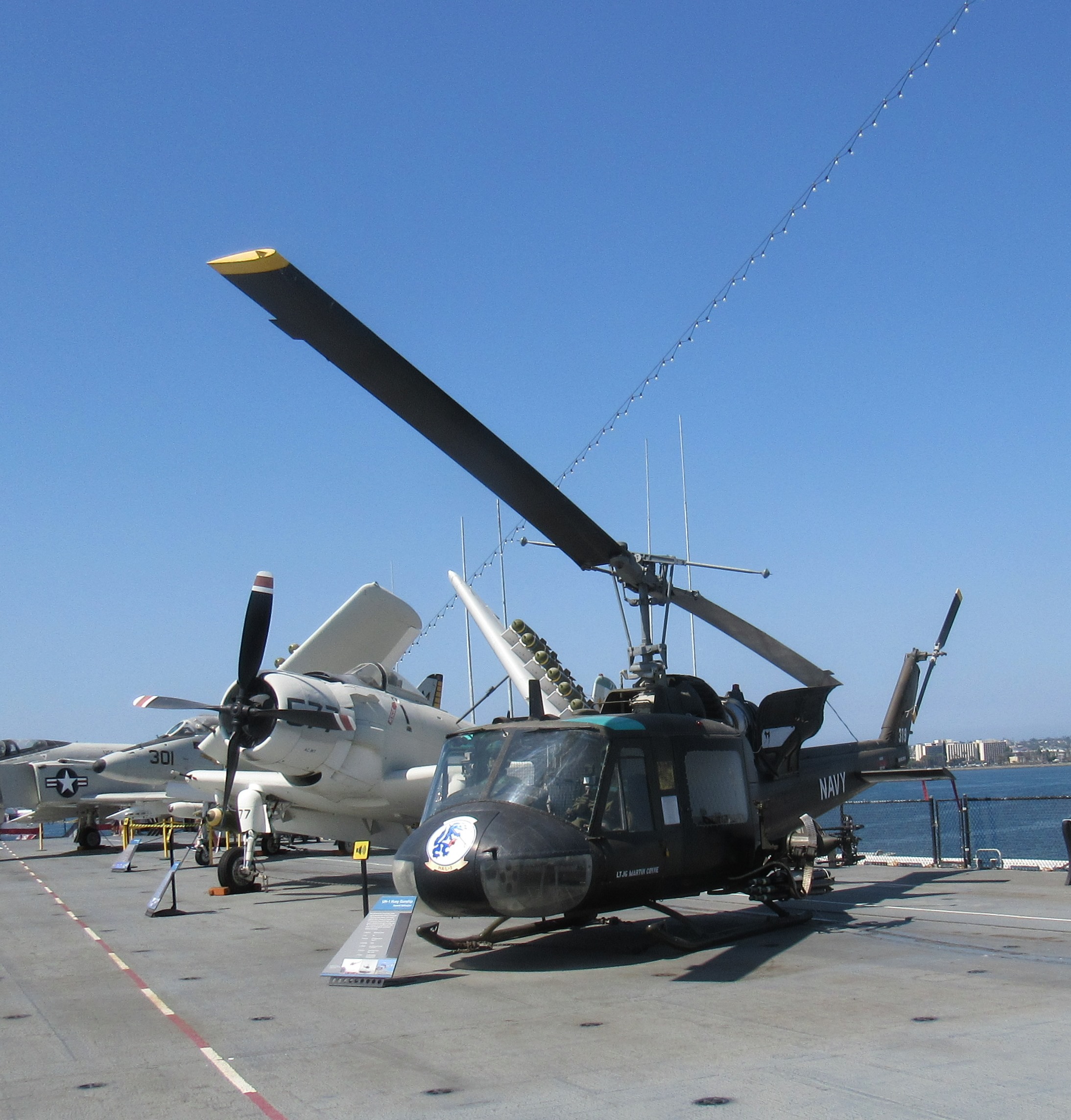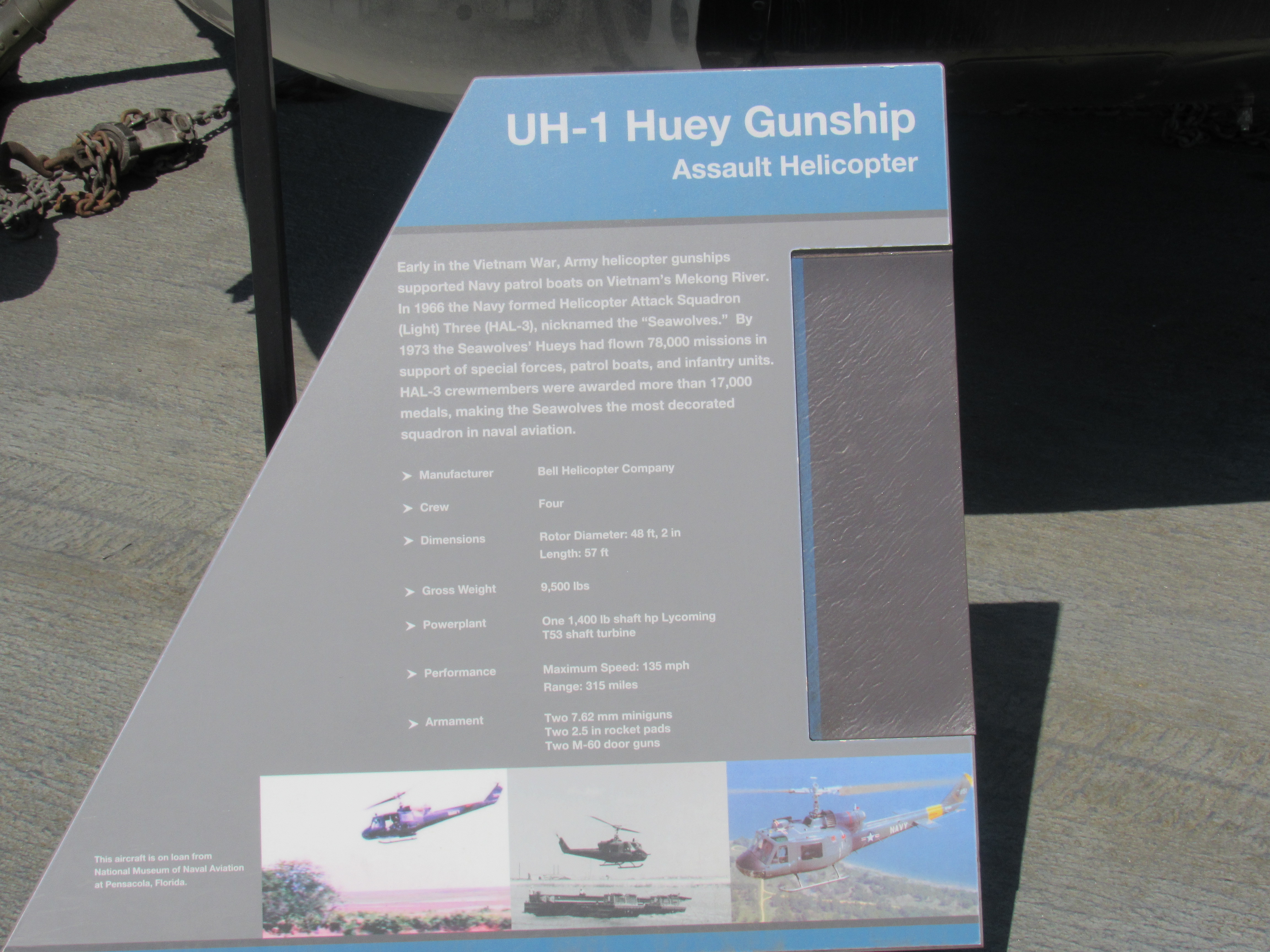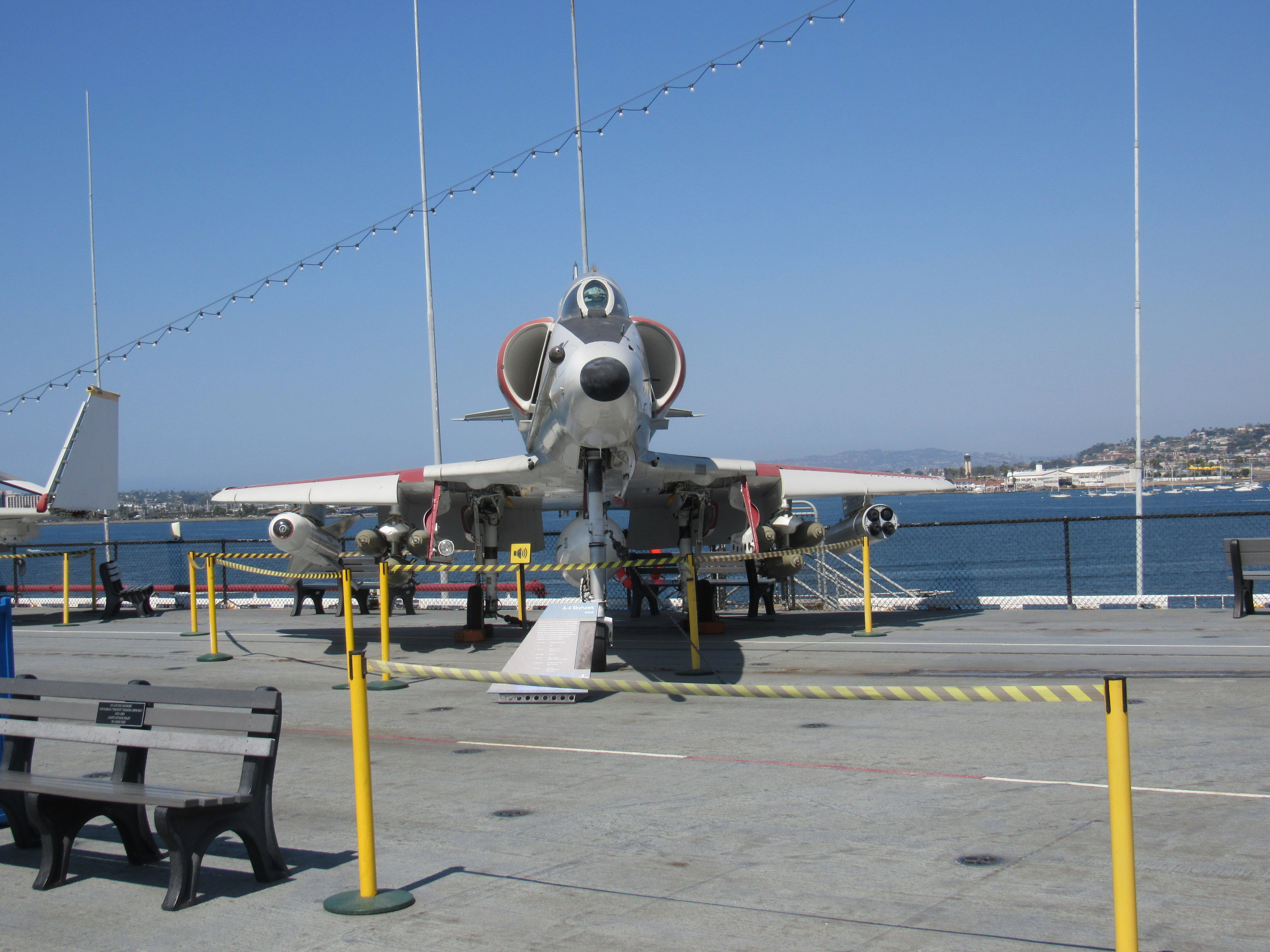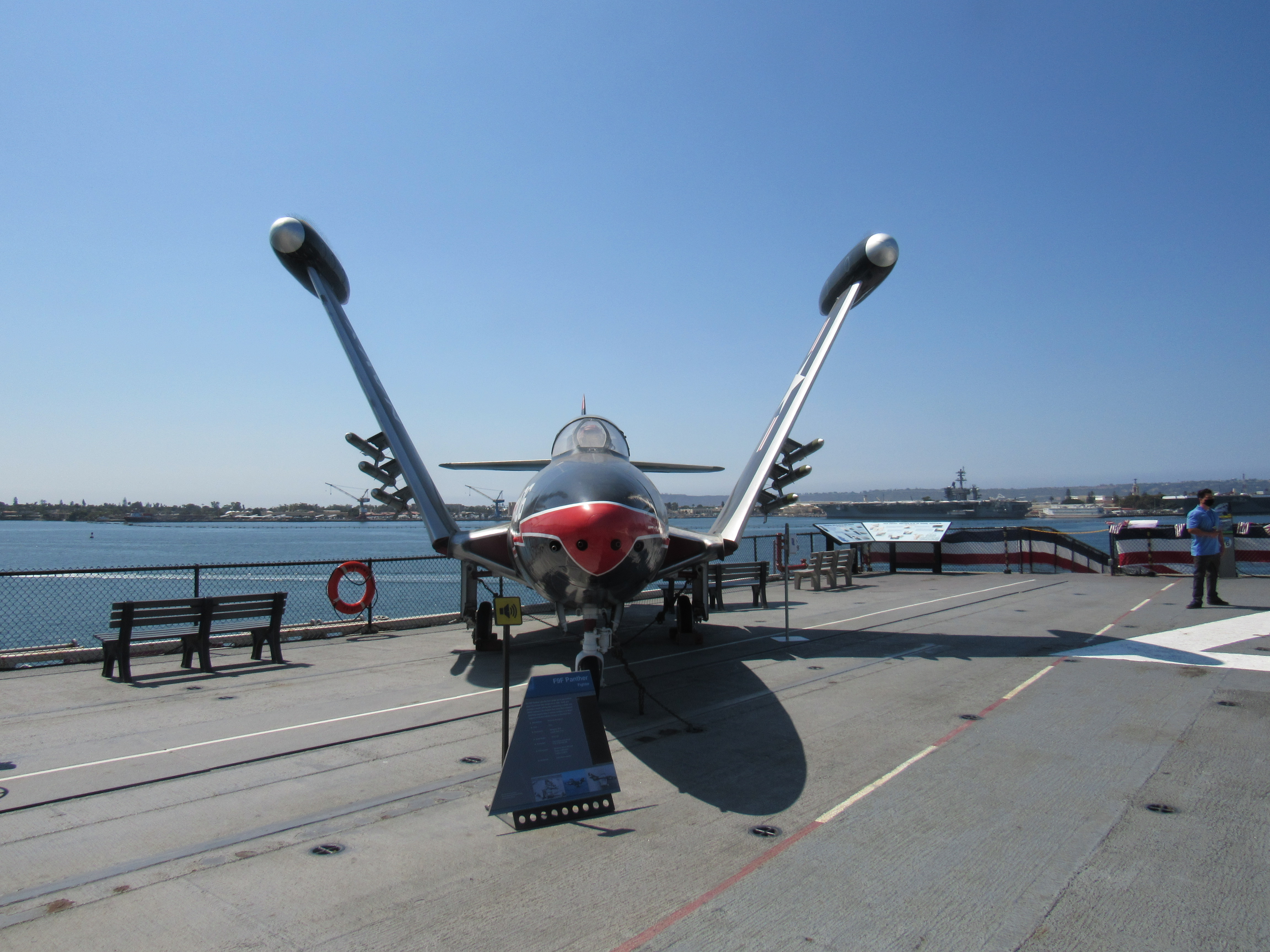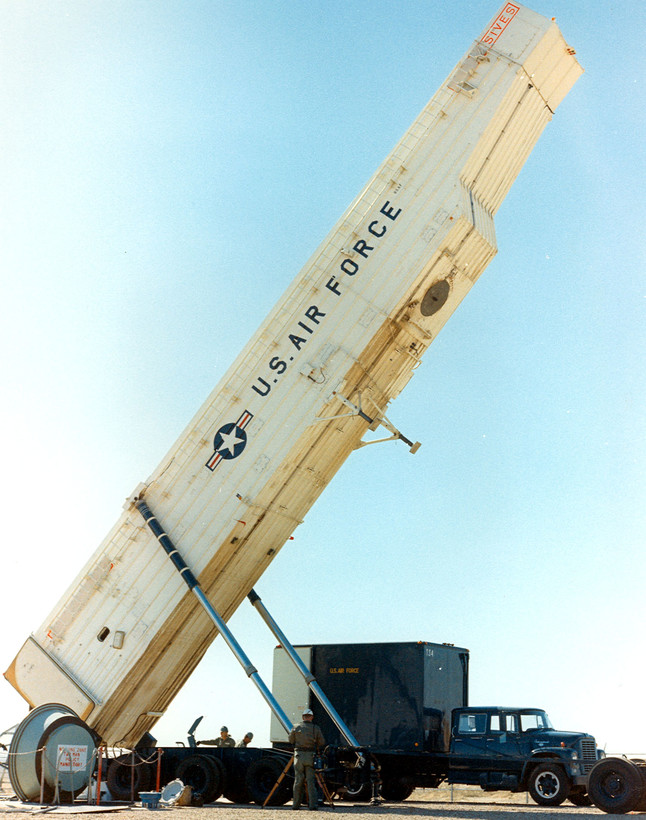
The Stockholm International Peace Research Institute publishes a huge yearbook every yeare. I just learned about this. Yeah, yeah, I’m slow to catch on. I know. That’s why I’m writing this blog – to slowly catch on.
Anyway, I will not be buying the new edition because it runs about $100. Recent copies will run $60-$150 on eBay so will not be getting any of those. Copies 10 years or more from the past can be had for under $10. Might get one of those.
On 6/14/21 SIPRI announced release of their hot-off-the-press 2021 edition. Scroll to the very bottom of the linked page and you can see a link to a free copy of chapter 10 on World Nuclear Forces.
Following tables slice and dice information in the press release and chapter 10 for their estimates of world nuclear forces as of January 2021.
In the following tables, “deployed” is estimate of the deployed warheads either placed on missiles or located at bases where there are operational forces, which would allow rapid loading of the weapons.
“Other” means the warheads which are stored, reserves, or retired awaiting disassembly.
A foot note reminds us the British previously had an announced goal of dropping their inventory down to 180 but they announced this year they will increase the ceiling to 260.
The estimates for North Korea are guesses on how many weapons could be built based on the amount of fissible material they have produced.
Our weapons, along with our closest strategic allies:
Continue reading “2021 estimate of nuclear weapons held by all nuclear powers.”